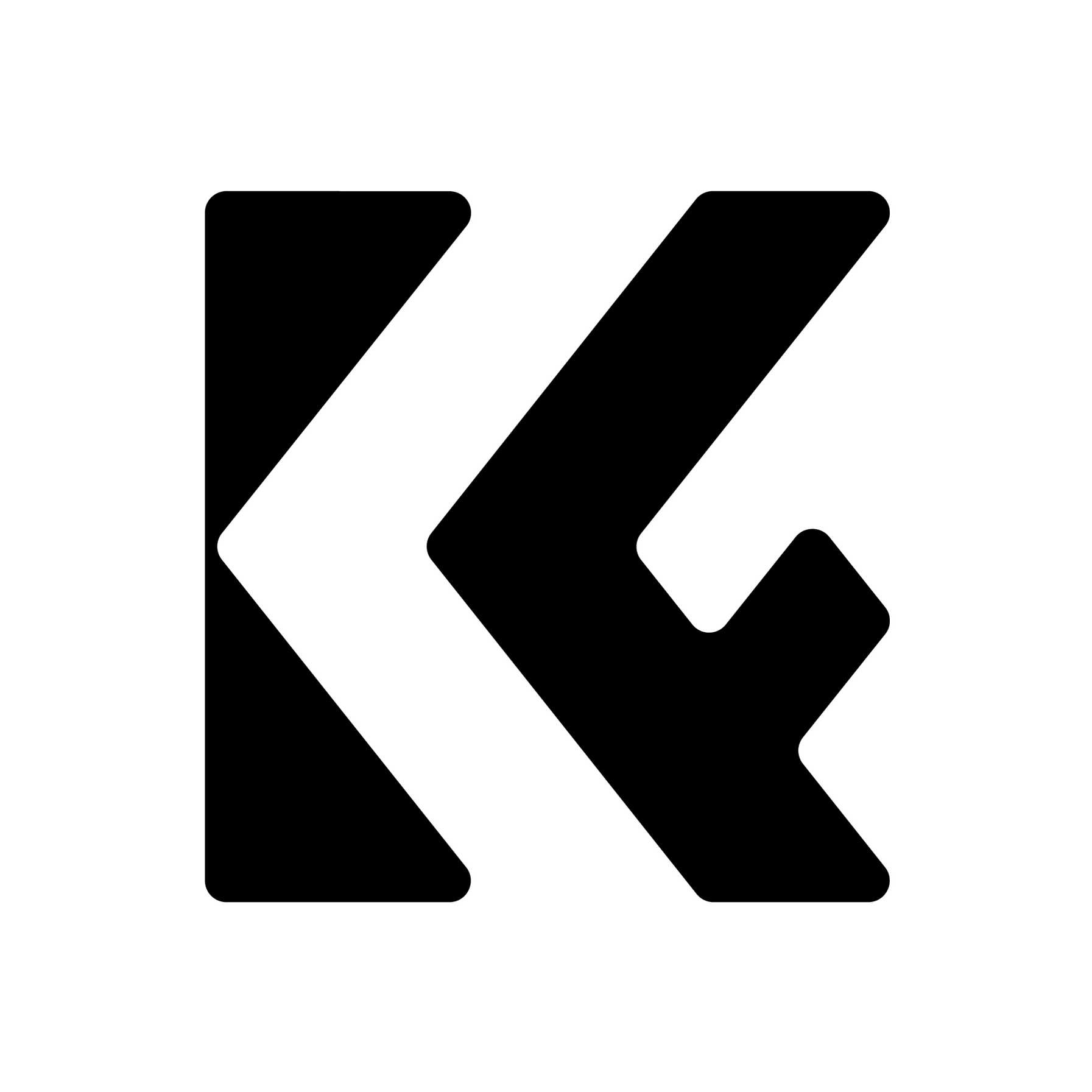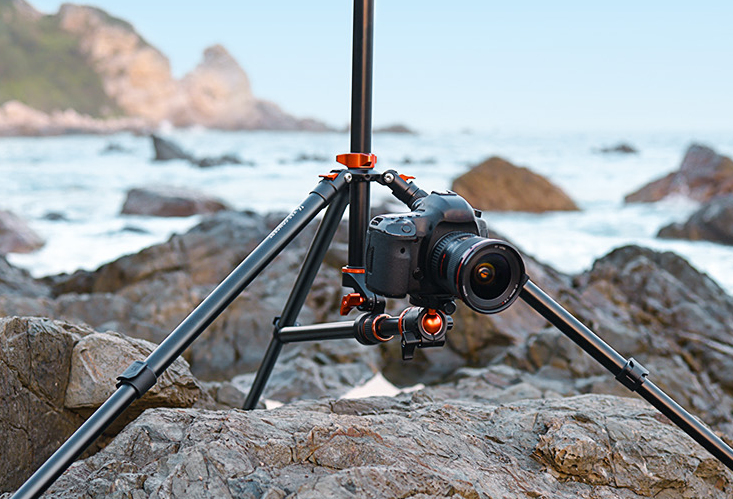How Tall Should Be Your Tripod?
Monday 05 August 2024
 3.3k
3.3k
 Reproduction without the author's authorization is prohibited
Reproduction without the author's authorization is prohibited
How high should a tripod be? Although I would like to provide a quick answer, it is too general and irresponsible to consumers. We don't want consumers to buy products that are not suitable for their needs, so please read this article before buying.
Write at the beginning
Before buying any tripod product, clarify your needs. Any brand, including K&F Concept tripods, has many models, but each model has its own suitable scene, such as video shooting or macro photography, and the functions of different models cannot be replaced by each other.
Below I have listed some common tripod usage scenarios, hoping that consumers who are not clear about their needs can get some inspiration after reading.
Eye-Level Shooting
For most photography and videography purposes, a tripod that reaches or slightly exceeds your eye level is ideal. This allows you to frame your shots comfortably without needing to bend or strain your back and neck. Typically, this height ranges from 60 to 70 inches (152 to 178 cm), including the height of the camera mounted on the tripod. Having the camera at eye level provides a natural perspective and helps ensure that your shots are composed correctly. When considering this type of tripod, it's essential to account for the height of the head and the camera itself.
Portability and Compactness
If you're frequently on the move and need a tripod that's easy to carry, consider a compact or travel tripod. These tripods are designed to collapse to a smaller size, making them convenient to pack and transport. However, this often means they are shorter when fully extended compared to standard tripods. Despite their smaller size, many travel tripods are engineered to provide good stability for a variety of shooting conditions. Look for models made from lightweight materials like carbon fiber, which offer a good balance between strength and weight.
Specialized Uses
Different types of photography and videography require specific tripod features:
Macro Photography: For close-up shots of small subjects, you may need a tripod that can go very low to the ground. Tripods with adjustable legs and a reversible center column are beneficial, allowing you to position your camera close to your subject and capture detailed images without any camera shake.
Studio Work: In a controlled studio environment, you might prioritize stability and load capacity over height. Heavy-duty tripods can support large cameras, heavy lenses, and additional equipment like lighting. These tripods are typically more robust and provide a solid base for high-quality, professional shoots.
Video Shooting: Tripods designed for video often come with fluid heads that allow for smooth panning and tilting, crucial for capturing professional-looking footage. For video work, it's essential to have a tripod that can reach or exceed eye level to provide comfortable operation and a natural viewing angle.
Written at the end
In addition, there are many other points about how to choose a tripod. I mentioned how to choose the right tripod material in my previous blog: Carbon Fiber Tripod VS Aluminum Tripod: Which is better?
If you have a sufficient purchase budget and want to buy top-notch tripod products, you can check out this blog: 5 Best Camera Tripods In 2024. I listed five top tripod brands.
Statement: all contents and remarks made by K&F CONCEPT 's intranet friends only represent themselves and do not reflect any K&F CONCEPT 's opinions and views.
-
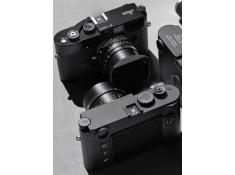 Leica M-mount Milestone! Leica M EV1 Camera SpecificationsWednesday 15 October 2025
Leica M-mount Milestone! Leica M EV1 Camera SpecificationsWednesday 15 October 2025 -
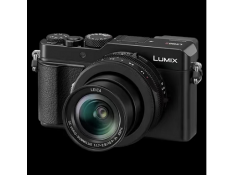 Panasonic to release the LX100M3 camera on October 17thTuesday 14 October 2025
Panasonic to release the LX100M3 camera on October 17thTuesday 14 October 2025 -
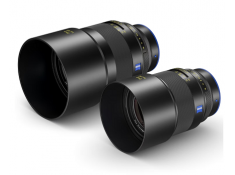 Zeiss is about to release a new Otus ML series lensMonday 13 October 2025
Zeiss is about to release a new Otus ML series lensMonday 13 October 2025 -
 Canon Publishes Patents for 28-400mm F3.5-6.31S and 28-400mm F4-81S LensesMonday 13 October 2025
Canon Publishes Patents for 28-400mm F3.5-6.31S and 28-400mm F4-81S LensesMonday 13 October 2025 -
 First spy photos of the Canon EOS R6 Mark III have been releasedFriday 10 October 2025
First spy photos of the Canon EOS R6 Mark III have been releasedFriday 10 October 2025
